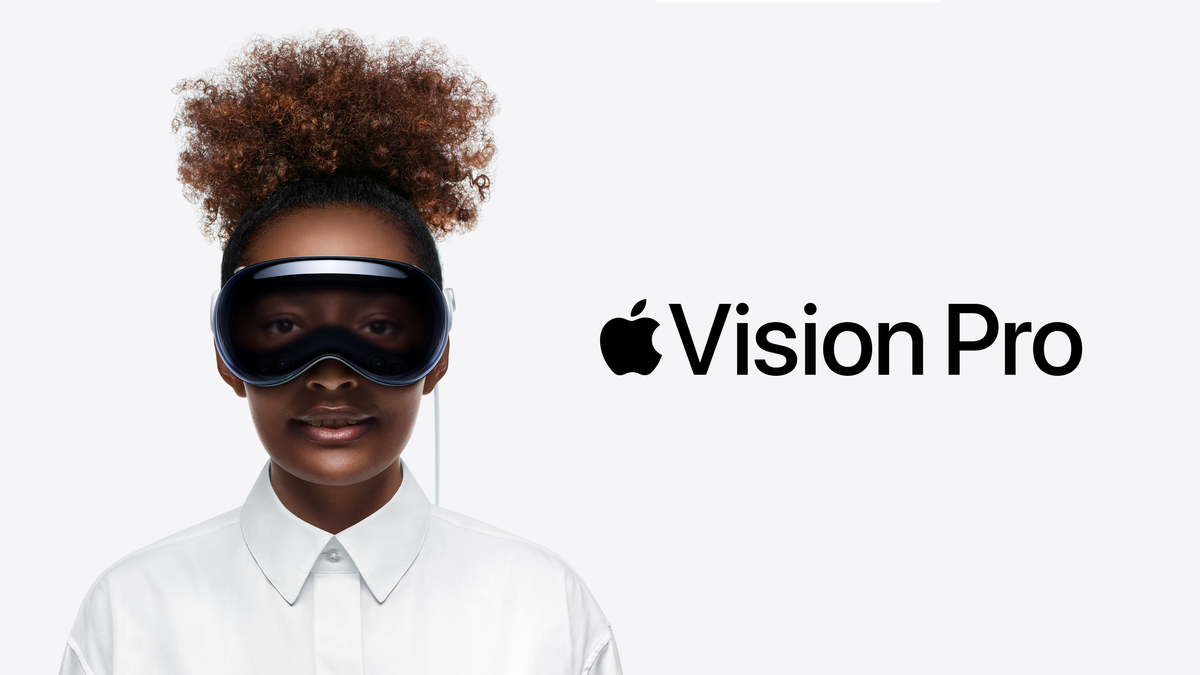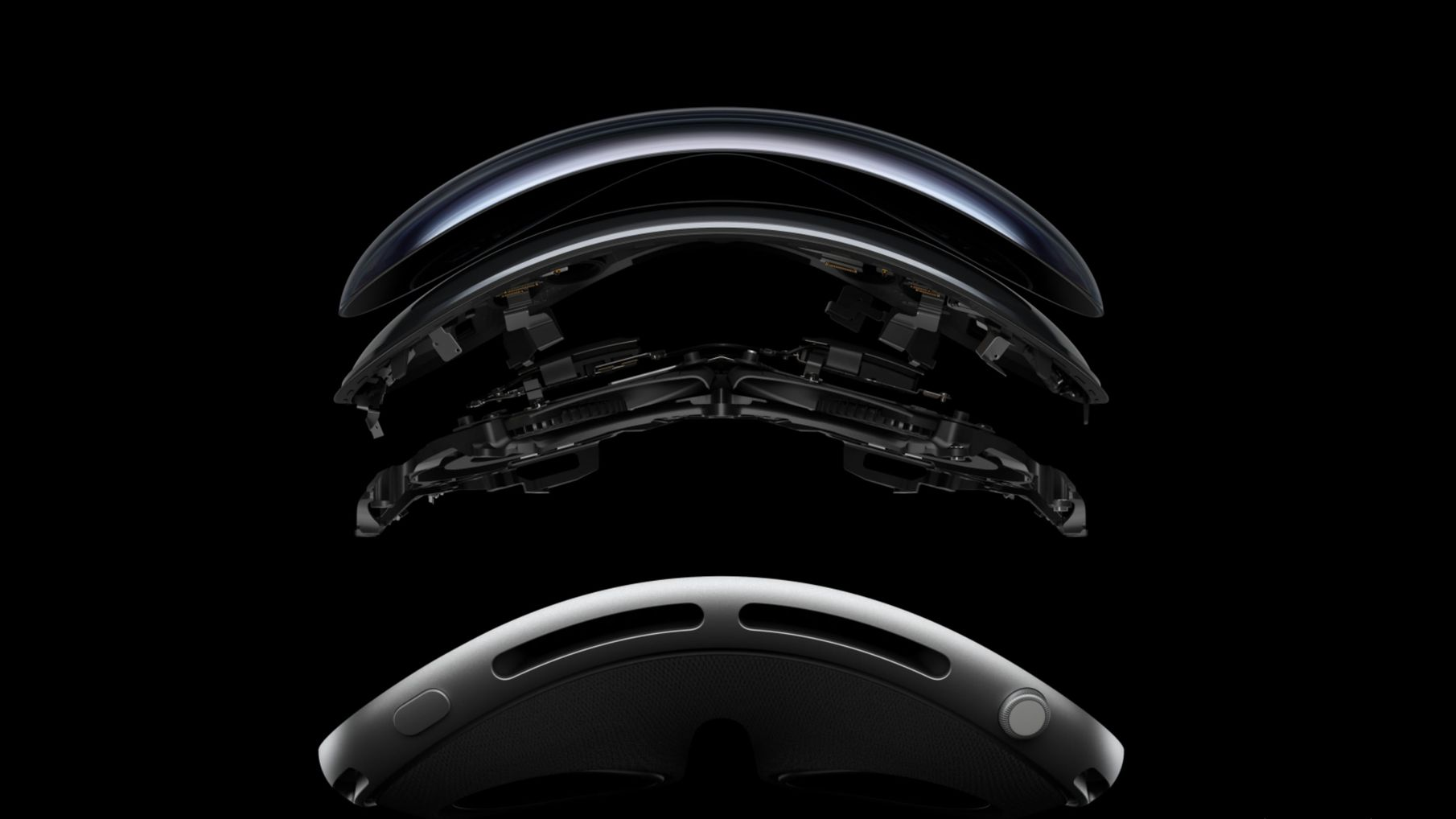Apple won’t have a huge number of Vision Pro headsets produced by launch.
Supply chain analyst Ming-Chi Kuo, who has been reporting on Apple’s suppliers for more than 10 years, claims Apple will have somewhere between 60,000 and 80,000 units of Vision Pro manufactured in time for its US release, which Apple announced this week as February 2.
For comparison, in October Kuo claimed Meta would produce 2.5 million Quest 3 headsets by the end of 2023.
The limited production capacity of Apple Vision Pro, and the reasons for it, have been widely reported by multiple reliable sources in the past. It may be the reason Vision Pro is only launching in the US at first.

A week before Vision Pro was unveiled The Information’s Wayne Ma reported it would be Apple’s “most complicated” device ever with many components tightly packed under a curved three-dimensionally formed glass frontplate, reportedly proving challenging for production workers. These challenges reportedly led the originally planned manufacturer to hand over the project in 2022 after more than four years of preparations.
The main constraint for Vision Pro’s production though, Ma reported, was that its near-4K OLED microdisplays from Sony are even more difficult and expensive to manufacture, with low yield.
South Korean tech news outlet The Elec reported that Sony can’t manufacture more than 900,000 of the microdisplays per year at most, limiting Vision Pro production to less than half a million units since Apple needs two per headset.
The Financial Times also reported that Apple was unhappy with Sony’s yield of defect-free microdisplays.
0:00
Apple Vision Pro’s Sony-supplied near-4K OLED microdisplays
OLED microdisplays are manufactured directly onto silicon wafers with a process very different to smartphone or TV-sized OLED panels. While the basic technology itself isn’t new, until very recently it was mainly only used in low-volume products like high-end camera viewfinders and in some industrial smart glasses. Mass production of near-4K OLED microdisplays is only just coming online this year.
The $1000 Bigscreen Beyond was the first headset with high-resolution OLED microdisplays to ship in any serious quantity, in September last year. Its microdisplays from Chinese startup SeeYA have a resolution of 2560×2560 though, while the Sony ones Apple is using have a resolution of 3680×3140.
A Chinese supply chain analysis startup estimated the cost of the near-4K microdisplays to Apple as $350 each, $700 together, reflecting the low production capacity and yield.
Apple is in talks with other OLED microdisplay suppliers for future Vision headsets, The Financial Times also reported, which could expand production capacity and lower the cost. For the first generation Vision Pro however, supply will remain limited – so if demand is strong, it could end up sold out for months on end.






